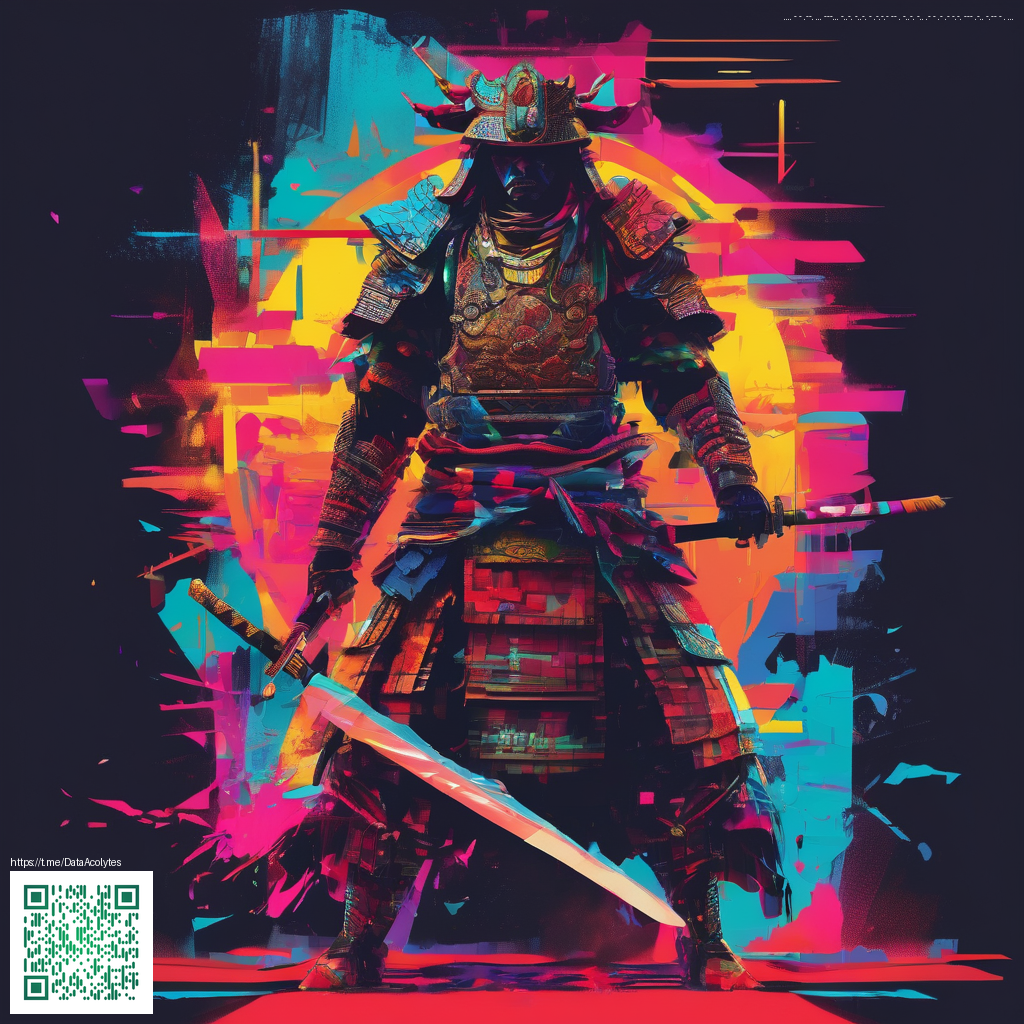
Digital Paper for Tarot Cards and Mystical Design: Texture as a Tool
In the evolving world of tarot card artistry and mystic-inspired visuals, digital paper serves as the versatile canvas that blends age-old symbolism with contemporary texture. Digital paper refers to high-resolution textures and patterns that can be layered, recolored, and scaled without losing quality. For tarot decks, these textures simulate parchment, celestial veils, or cosmic marble, giving cards an ancient resonance with modern clarity. For designers exploring mysticism, digital paper becomes a flexible medium for creating sigils, runes, and astral maps that read beautifully on screen or in print.
“Digital paper lets you experiment quickly with tactile depth—without the cost of physical materials.”
Practical ways to use digital paper in your designs
Start with a textured base: a subtle parchment grain or velvet night texture can establish a mood without overpowering glyphs. Use soft contrast and color overlays to keep symbols legible.
- Seamless patterns: create repeating sheets that can tile across card fronts or divination boards.
- Layering: combine textures with gradients, glow effects, and metallic foils to highlight major arcana symbols.
- Color psychology: align your palette with the card’s meaning—blues for intuition, golds for illumination, purples for mysticism.
- Print-ready or digital: design for both print and screen with careful resolution management (300dpi for print; 72-144dpi for web).
Translating digital textures to tactile experiences
Even when the artifact is digital, you can evoke tangible sensation. Use depth cues like subtle embossing shadows, parchment-edge fraying, and glassy highlights on numerals. If you’re looking to showcase your work beyond the screen, a practical approach is to pair your card designs with physical accessories—think a clear silicone phone case that mirrors the art’s crisp, transparent quality. This kind of presentation works well in portfolios, client mockups, and social media, letting viewers imagine how the art interacts with everyday objects.
On the web, this article sits alongside similar explorations at Solana Acolytes. The page aggregates a variety of digital artifacts, sketches, and tutorials that inspire practical experimentation with texture and symbol.
Tools and best practices for creators
When working with digital paper, a few practical guidelines help keep your workflow efficient and your output consistent:
- File formats: keep textures in lossless formats (PNG, TIFF) for layering; export final cards as high-quality PNGs or PDFs.
- Resolution and scale: design with vector-friendly patterns where possible; raster textures should be at least 300dpi for print to avoid pixelation.
- Color management: use ICC profiles to ensure that on-screen hues translate to print with minimal drift.
- Organization: maintain a texture library with tags for mood, era, and symbolism to accelerate mood-board workflows.
“Texture is memory: the right digital paper can evoke centuries of symbol sets in a single glance.”
As you explore digital paper, you’ll notice how subtlety in textures can elevate symbolism without overpowering the magic of the cards themselves. This balance is crucial when designing for tarot, oracle decks, or ritual guides that readers may consult in quiet, focused moments.
Real-world inspiration and next steps
Seek textures that align with your deck’s narrative. If you are drawn to alchemical motifs, consider parchment textures with faint metallic flecks. For celestial decks, opt for nebula-inspired gradients and star-field overlays. Remember to test your designs across devices—mobile previews matter, as many readers interact with your art on phones and tablets.
Want a tangible demonstration of how digital textures translate to everyday products? The case linked above offers a glimpse into how clean, clear surfaces can carry complex art without distraction. You can also explore related content on the linked page for more practical tips and case studies.
Closing note for creators
Digital paper is more than a backdrop; it’s a language for texture, mood, and meaning. By combining thoughtful texture with clear symbolism, designers can craft tarot art that feels both timeless and contemporary. Embrace experimentation, catalog your textures, and let your cards speak softly but profoundly.